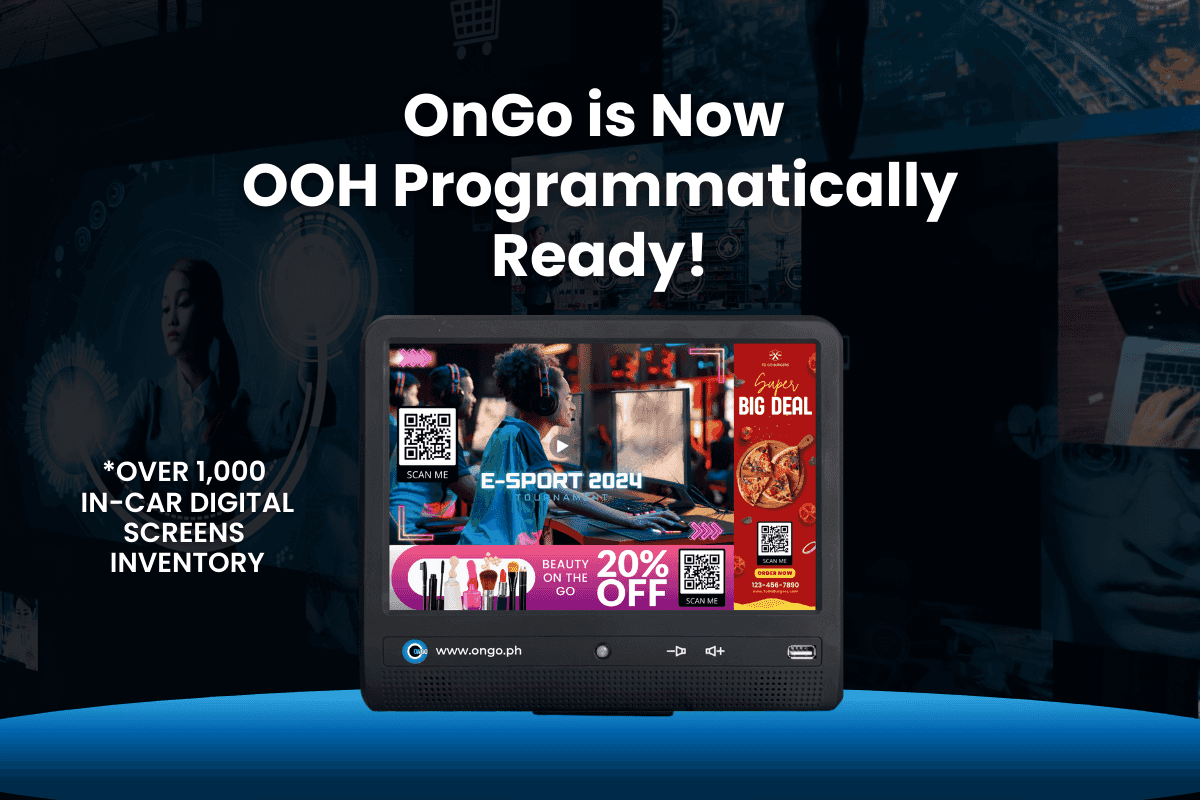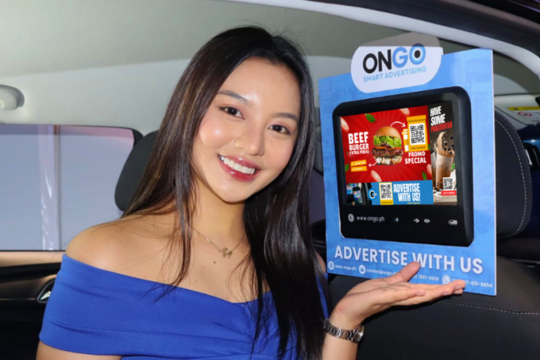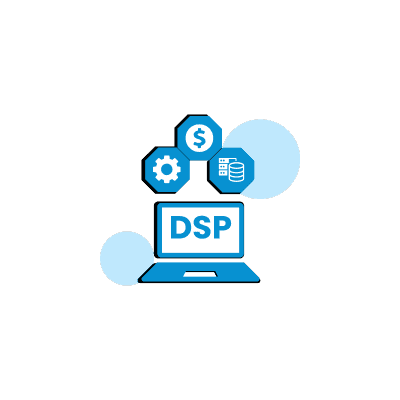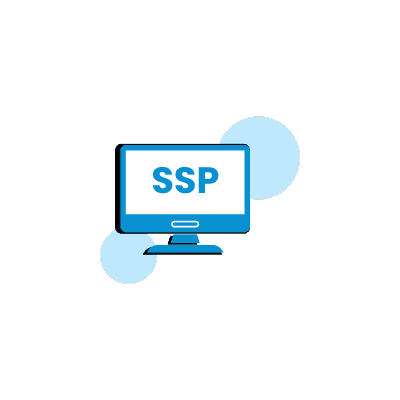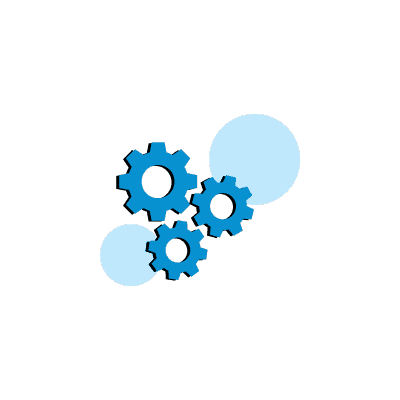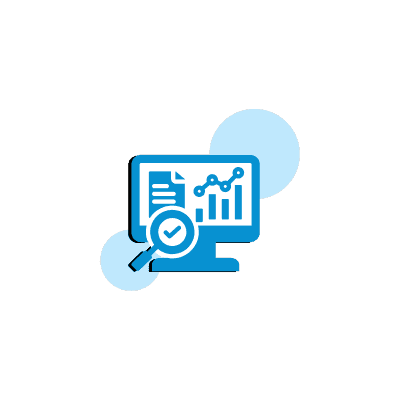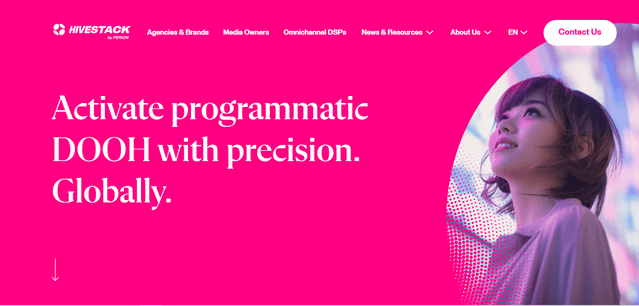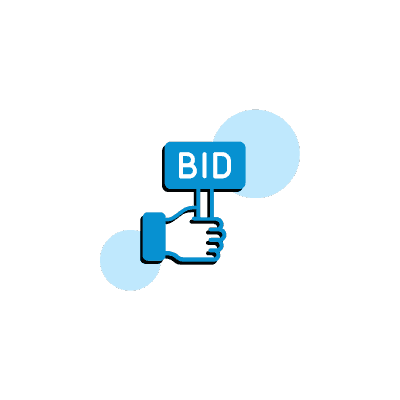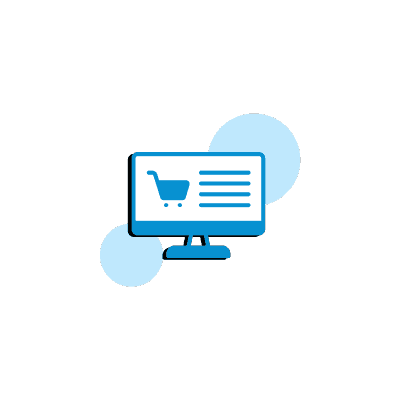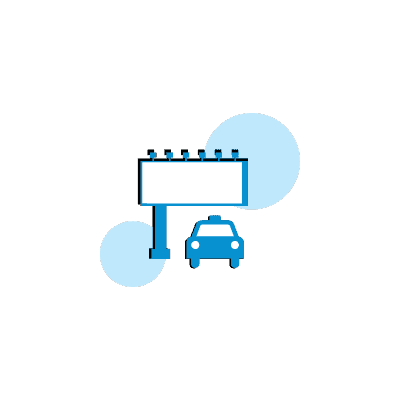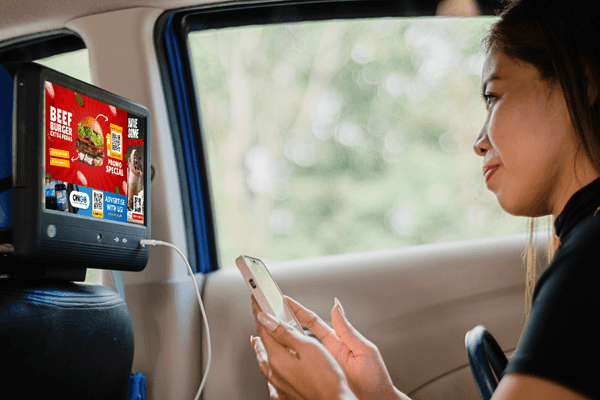Benefits of Programmatic Advertising
Programmatic advertising offers numerous benefits, significantly increasing efficiency by automating processes. This automation allows marketers to focus more on strategy and optimizing their campaigns rather than manual tasks. Advertisers also gain greater control and transparency over ad placements, enabling them to reach different audiences with tailored messaging simultaneously.
Programmatic media buying is an automated process for purchasing digital advertising space using software and algorithms. It includes methods like real-time bidding (RTB) and programmatic direct, each with distinct advantages in online advertising transactions.
Moreover, programmatic advertising streamlines workflows, resulting in better management and results for campaigns. By leveraging advanced technology and data analytics, advertisers can achieve higher engagement rates and improved campaign outcomes.
Enhanced Targeting Capabilities
Programmatic advertising enables advertisers to fine-tune their targeting criteria to reach specific target audience segments effectively. By utilizing Data Management Platforms (DMPs), advertisers can improve ad targeting, generate analytics reports, and conduct look-alike modeling.
AI further enhances targeting strategies by identifying patterns, predicting results, and combining ad viewing metrics with user data. Dynamic Creative Optimization (DCO) tailors ads to the viewer, selecting the best creative combinations for personalized messaging.
Cost Efficiency
The auction-based nature of programmatic advertising can lead to lower ad costs as prices are determined by demand. AI automates redundant tasks within the media-buying process, making it faster and less expensive. This enhanced cost efficiency reduces the reliance on intermediary entities, allowing advertisers to allocate their budgets more effectively.
Real-Time Analytics and Optimization
Programmatic advertising allows marketers to monitor their programmatic advertising campaign performance in real-time, enabling immediate adjustments to enhance outcomes. This real-time data access ensures that campaigns can be optimized continuously, improving overall effectiveness and return on investment.
Emerging Trends in Programmatic Advertising
Stay ahead of the curve with OnGo’s forward-thinking solutions:
Digital Out-of-Home (DOOH): Extend your campaigns to outdoor digital displays, reaching audiences in high-traffic areas.
Connected TV (CTV): Target viewers through programmatically placed ads on streaming platforms.
AI and Machine Learning: Continuously improve targeting and engagement with advanced algorithms.
Challenges We Solve
Ad Fraud Prevention
Ad fraud prevention is crucial to avoid wasting ad spend on fake impressions and clicks. Employing advanced detection tools can help identify and mitigate ad fraud effectively.
Marketers should balance their budgets while maintaining high traffic quality to prevent programmatic ad fraud.
OnGo employs advanced verification systems to ensure genuine impressions and protect your ad spend.
Brand Safety
Brand safety is vital for maintaining a brand’s reputation in the digital advertising space. Automated systems in programmatic advertising can sometimes place ads alongside inappropriate content. Effective brand safety measures, such as using whitelists and blacklists, can help manage ad placements and ensure ads appear in suitable environments.
Control where your ads appear with custom whitelists and blacklists, safeguarding your brand reputation.
Privacy Compliance
Privacy concerns are paramount in programmatic advertising, with compliance to regulations like GDPR being essential. Ensuring that ads are compliant with these privacy regulations protects user data and fosters trust between advertisers and consumers.
We adhere to global data protection standards, ensuring your campaigns remain compliant while delivering effective results.
How to Get Started
1. Set Your Goals
Define your objectives—brand awareness, lead generation, or sales growth.
2. Choose Your Formats
Select from in-car, DOOH, or a mix of programmatic solutions tailored to your audience.
3. Launch and Optimize
Work with our team to monitor performance and refine your campaigns for maximum impact.
